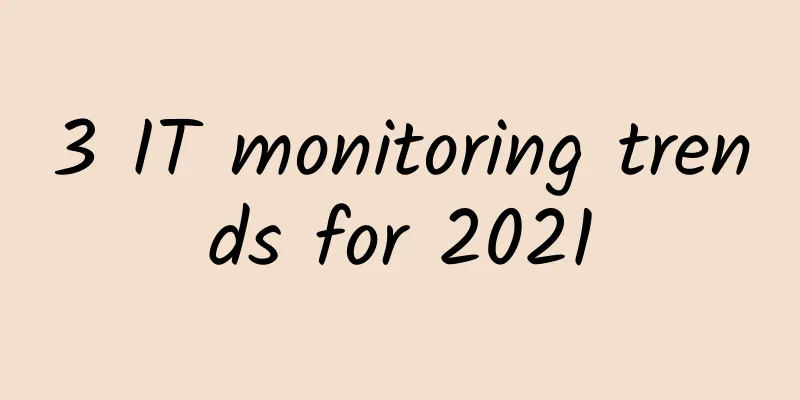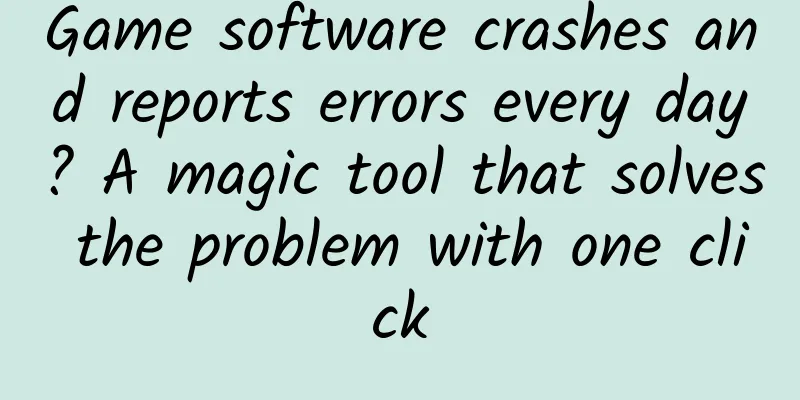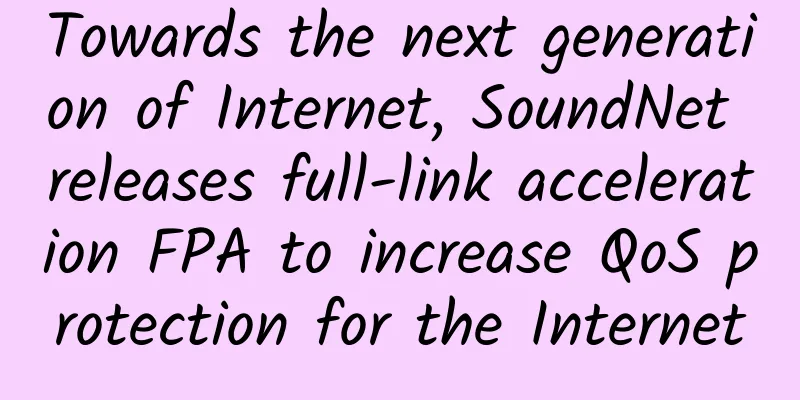3 IT monitoring trends for 2021

|
The outbreak has put the reliability of websites, cloud applications, and cloud infrastructure to the test. Companies around the world have had to reinvent themselves overnight to support a distributed workforce. A year after the lockdown, forward-looking companies are reinventing themselves again as they prepare to support hybrid workplaces while advancing digital transformation. Site Reliability Engineers (SREs) and DevOps teams have found themselves under tremendous and constant pressure to work remotely over the past year to help businesses maintain optimal service delivery for customers and employees at scale across distributed geographies. At the same time, businesses have had to become more agile and engineers have had to implement frequent software changes to help businesses remain efficient and adaptable. DevOps team leaders and SREs rely on digital experience monitoring (DEM) to troubleshoot issues, improve team collaboration, and provide a better experience for end users. We’ve identified three trends in IT monitoring specifically for DevOps and SREs to help reduce this heavy workload.
1. Normalization of the hybrid workplace will require more globally supported, resilient infrastructure.Here's the situation. From Google to Cisco, more and more companies are redefining the future of work to include hybrid workplaces. I don't expect all employees to return to the office full-time anytime soon. Instead, I believe corporate offices will primarily serve as places for individual collaboration, while home offices will become a practical option for daily work. The resulting challenge: This revised distribution of work will require new resilience in local networks and infrastructure. In particular, it will put additional pressure on towns and rural areas that are not accustomed to high demand and to which urban workers have recently moved. IT teams will also be under constant pressure to provide a reliable and consistent experience to employees distributed across home offices (where internet connections are variable and often unstable) and business locations. It’s not an easy balance to maintain. So how can businesses achieve this? The solution. First, IT teams must be equipped to manage these multiple environments. Enabling a hybrid workplace requires detailed, real-time visibility across the entire service delivery chain, including the last mile. To achieve this, we recommend conducting an audit to surface any monitoring silos that span DevOps, NetOps, and SecOps. Then, use the findings to identify and address all potential risks related to performance, reliability, and security. By understanding and addressing today’s issues, SREs can work toward a truly agile work environment tomorrow. Additionally, they can deliver the best employee experience across multiple infrastructures. 2. The higher the level of automation, the greater the blind spots.The COVID-19 pandemic has triggered the continued use of automation technologies in many areas, such as rapidly enabling contactless interactions across customer experience channels. Likewise, the pandemic has accelerated the automation of repetitive and routine tasks within SRE and DevOps teams. We hear that DevOps teams and SREs are increasingly using continuous integration/continuous deployment (CI/CD) and infrastructure as code (IaC) at every stage of application management. By introducing automation throughout the development/production lifecycle, engineers are seeing that code can be deployed faster to achieve faster time to market. Therefore, as we continue into 2021, I expect to see enterprises continue to increase their use of automation. The resulting challenges: As enterprises adopt greater automation and more cloud-native approaches, their application and infrastructure environments become more complex. Automation introduces more components. At the same time, these components often operate in a very short period of time. In addition, each component generates its own operational data. The communication between the services that make up these distributed applications further generates data. Please note: greater complexity and greater data volumes lead to more opportunities for automation blind spots. Solution: Look for a monitoring approach that takes into account the entire developer and user experience. By shifting tasks left as early as possible in the application lifecycle, we consistently see that developers benefit through early testing. This means they can discover defects before they become big problems. A monitoring solution that provides full-stack synthesis will help DevOps teams and SREs shift left with confidence, providing end-to-end visibility into the user experience of code in pre-production environments and on external websites or applications. 3. "Like two peas in a pod:" Observability and monitoring will work more in tandem.We are seeing SREs increasingly use observability and monitoring together. As IT teams realize how the two disciplines complement each other in gaining a better understanding of overall system behavior and health, they are also finding that using the two disciplines together helps track valuable SLOs. Challenge: SREs often use observability and monitoring data in a siloed way. This leads to a limited picture of the user experience. As business environments become more complex, gaps in user experience become more apparent. Solution: Observability allows operations to extract data from logs, metrics, traces, and events at any stage of the production lifecycle. This expands the ability to glean insights from specific data sets (very useful in the age of big data). For maximum effect, enterprises will combine observability with digital experience monitoring to track all the delivery components required for their services to reach end users. Working together, these tools greatly improve the ability of SREs, ITOps, and DevOps to conduct deep root cause analysis and resolve performance issues faster without consuming excessive internal resources. By understanding and anticipating these three trends in IT monitoring, DevOps and SREs can be better prepared to effectively resolve performance issues and improve business outcomes. |
<<: Building the future of intelligent networks at the edge
>>: Modernizing Configuration Management to Address Network Complexity
Recommend
When will 5G become mainstream, or is it already mainstream?
Is 5G still waiting for a "killer app"?...
An article to reveal the hot and cold knowledge of SRv6, the "newcomer" of the network
IPv6, the "Speed and Furious" of Next...
At the 2017 Asia Pacific CDN Annual Conference, Yunfan Accelerator was awarded the title of "Excellent Service Quality Enterprise"
On November 14, 2017, the 2017 Asia-Pacific CDN A...
Current status of 5G networks in various countries: South Korea ranks first in penetration rate, the United States ranks first in network speed, what about China?
In the rapidly developing 21st century, one of th...
Huawei Enjoy 10S first hands-on: light and good-looking, screen fingerprint and photography are amazing
Nowadays, smartphones have entered the era of ful...
80VPS: 330 yuan/year KVM-2GB/40GB/3M/Hong Kong & Japan & South Korea data centers
80VPS is a long-established Chinese hosting compa...
Sharktech: High-defense servers start at $69 per month, with data centers in Los Angeles, Denver, Chicago, etc.
Sharktech, also known as Shark Data Center or SK ...
V.PS 10% off, US CN2 GIA/Hong Kong CMI/Japan IIJ & Softbank/Australia & UK AS9929 etc. available
V.PS is a cloud server site under xTOM, providing...
About edge computing: Is it right for your business?
Like most emerging IT trends, "edge computin...
The Ultimate Guide to Enterprise Network Management
The Network Management Guide explains the challen...
Will your package be slowed down if you don’t upgrade to 5G? 4G network speeds of the three major operators were measured in four locations in Beijing
"China Unicom launched a 5G package for 239 ...
The three major operators' World Cup rates are released: the lowest is 14 yuan per day with unlimited data
The 2018 Russia World Cup, a football feast held ...
Introducing social capital to solve the 5G network construction dilemma
Three months after the issuance of 5G licenses, t...
AkkoCloud: UK/Germany/US CN2 GIA line starting from 99 yuan/quarter, 500M large bandwidth CN2 GIA
Friends who need CN2 GIA line hosts can pay atten...









